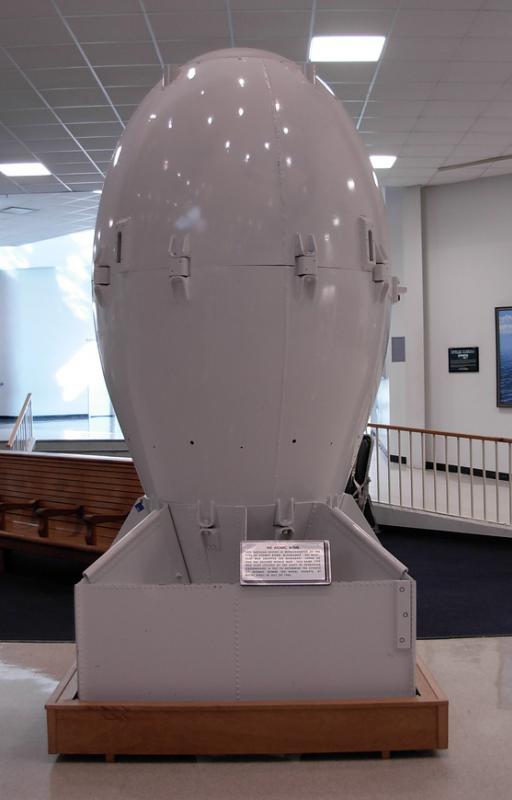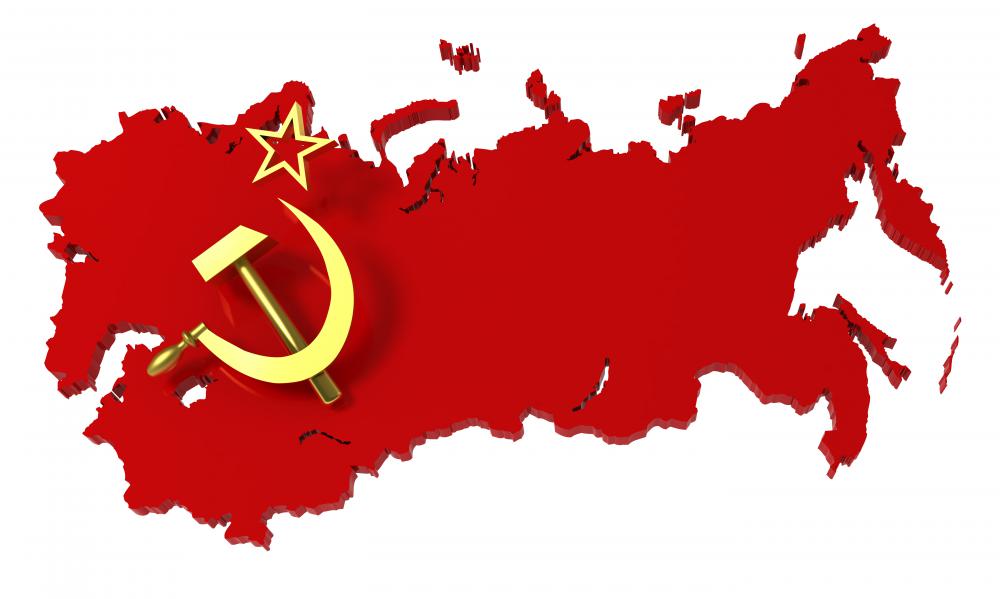At WiseGEEK, we're committed to delivering accurate, trustworthy information. Our expert-authored content is rigorously fact-checked and sourced from credible authorities. Discover how we uphold the highest standards in providing you with reliable knowledge.
What is a Fallout Shelter?
Following the first wartime use of an atomic bomb by the United States in 1945, fears of nuclear retaliation by the communist Soviet Union lead many Americans to invest in a new form of self-protection called a fallout shelter. An underground fallout shelter would ostensibly protect occupants from the immediate and long-term effects of radioactive debris, or nuclear fallout, which often follows the initial detonation of a nuclear bomb.
During the 1950s and 1960s, it was not unusual for local government agencies to designate the basement of a public building as an approved fallout shelter for officials and civilians alike. A special yellow and black sign bearing three triangles and the words "fallout shelter" would be placed over the entrance to such emergency shelters, although not every designated fallout shelter actually provided the level of protection many experts considered acceptable.

Following a nuclear explosion, radioactive particles from the bomb's inner core combine with other material in the atmosphere and form a fine powder which can be carried over a significant distance by prevailing winds. This contaminated dust would contain enough radioactive material to cause radiation poisoning if inhaled or ingested. The best protection against such a health hazard is a thick barrier made from an energy-absorbing material.

In a standard fallout shelter, this material would typically be lead, concrete or compacted dirt. Once the habitable structure was completed and stocked with emergency supplies of water and food, it would be encased in a heavy layer of concrete or at least three feet of excavated dirt. The radioactive dust might settle on the surface of this material, but it would not have the ability to penetrate the shelter itself.

Sales of fallout shelters for private homeowners peaked during the 1960s, but dropped dramatically after political tensions between the Soviet Union and the United States lessened and the threat of a nuclear attack seemed far less likely. Some homeowners converted their fallout shelters into general storage buildings or weather shelters, but many allowed them to fall into disrepair or had them removed altogether.
AS FEATURED ON:
AS FEATURED ON:















Discussion Comments
Recalling the lunacy connected with the building of home fallout shelters, CIRCA 1954 I overheard two grown men arguing over the proper amount of stored water necessary to keep a family of four living in an 8x10 concrete bunker for three months. Insane!
We moved into this house in 1957 and shortly thereafter had a fallout shelter built. Many who had basements here modified them, but ours was built from scratch and is underground with an air pipe with crank to pull in air, shelves for food, a connection to put water in. I believe (this should be checked) that it was more the time of the Cuban missile crisis.
Some called building a fallout shelter "Don's Folly." School children were drilled in getting under their desks back then. We are at risk of a nuclear attack by radical Muslim groups right now.
Donald W. Bales, Kingsport, Tn.
Public fallout shelters were a 1960s' phenomenon -- not the 1950s. The Community Fallout Shelter Program was initiated by the government in September 1961, with most such shelters not coming into use for a few years after. Many people confuse the early 1960s with the '50s; what many people think of as the '50s, were really the '60s.
Post your comments